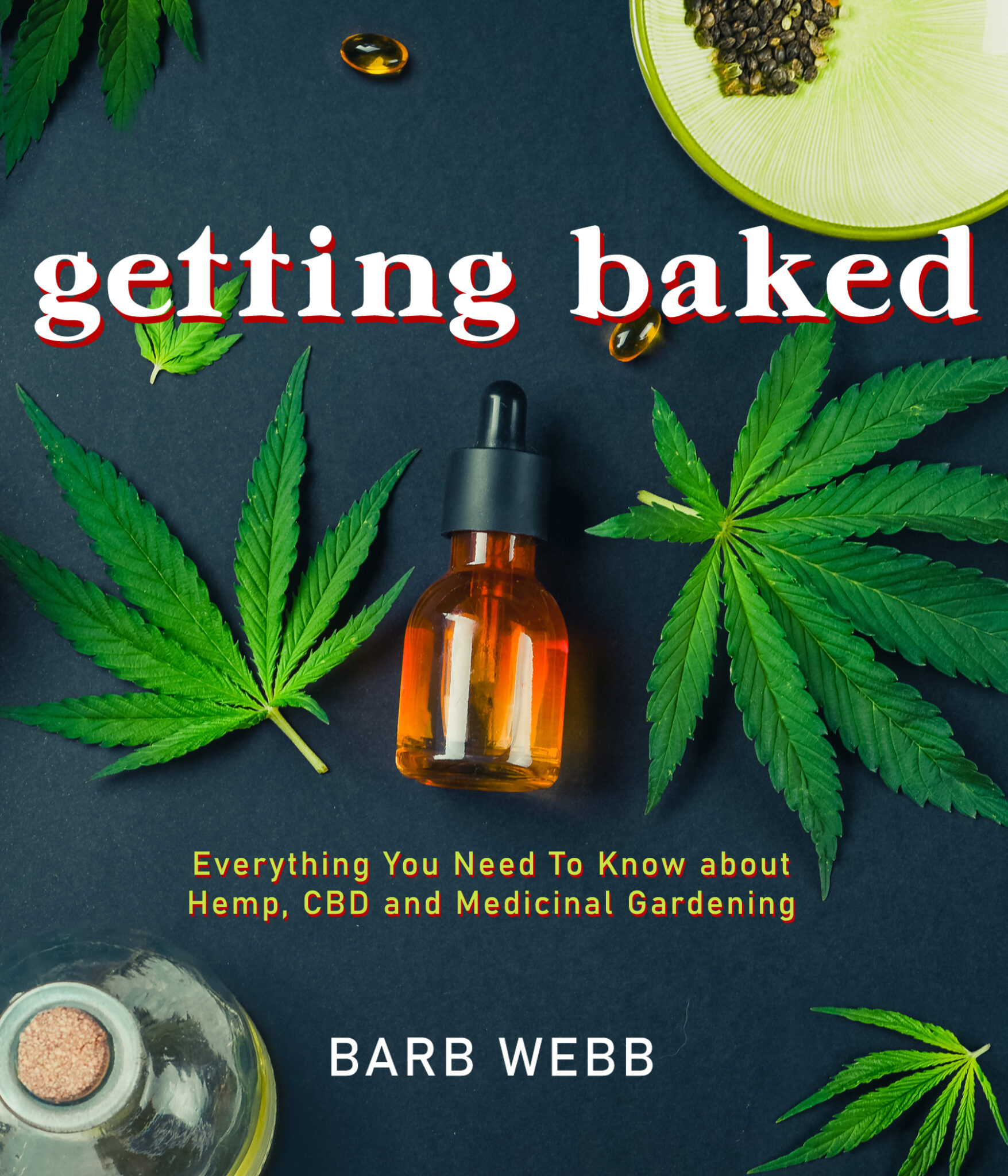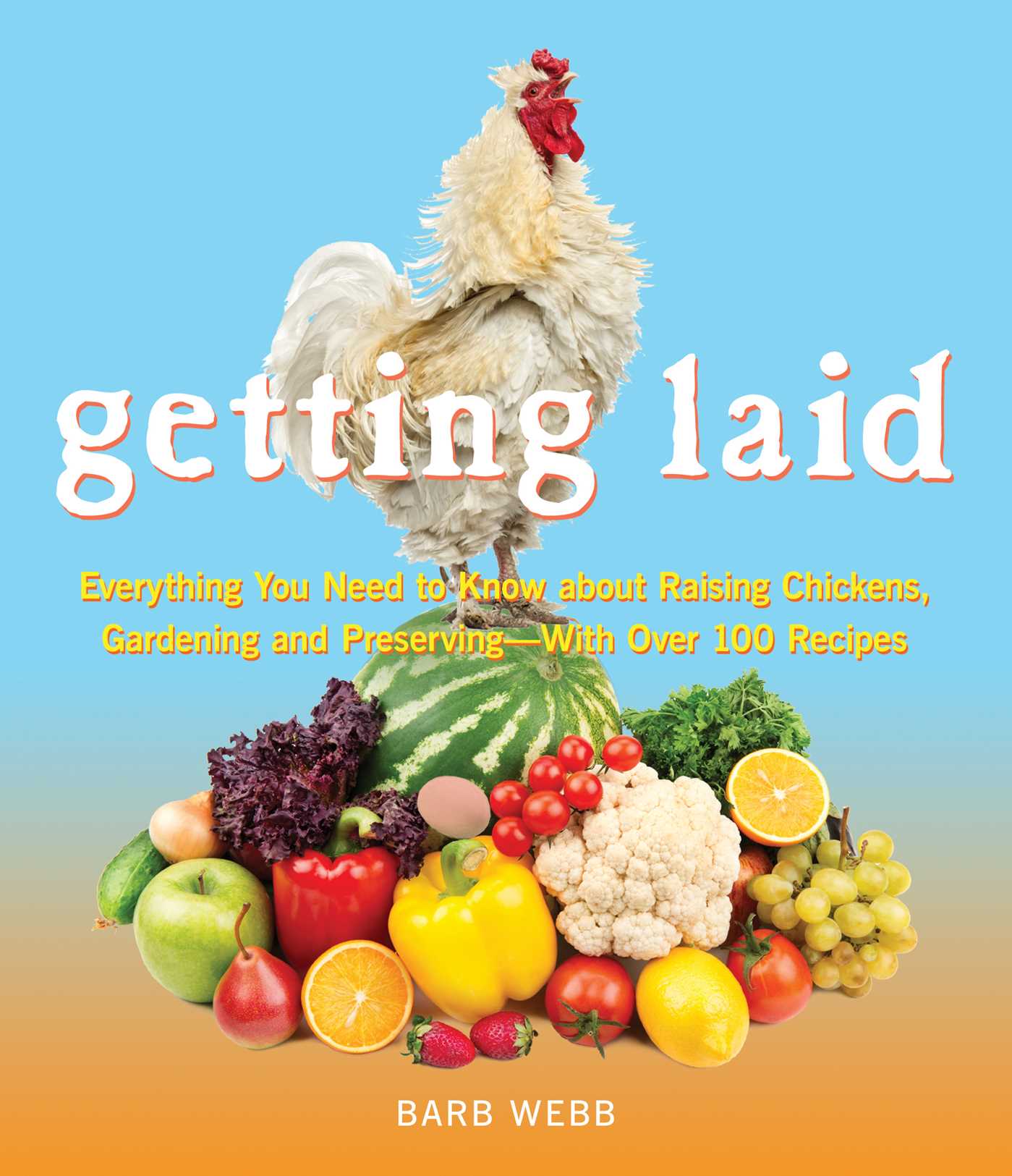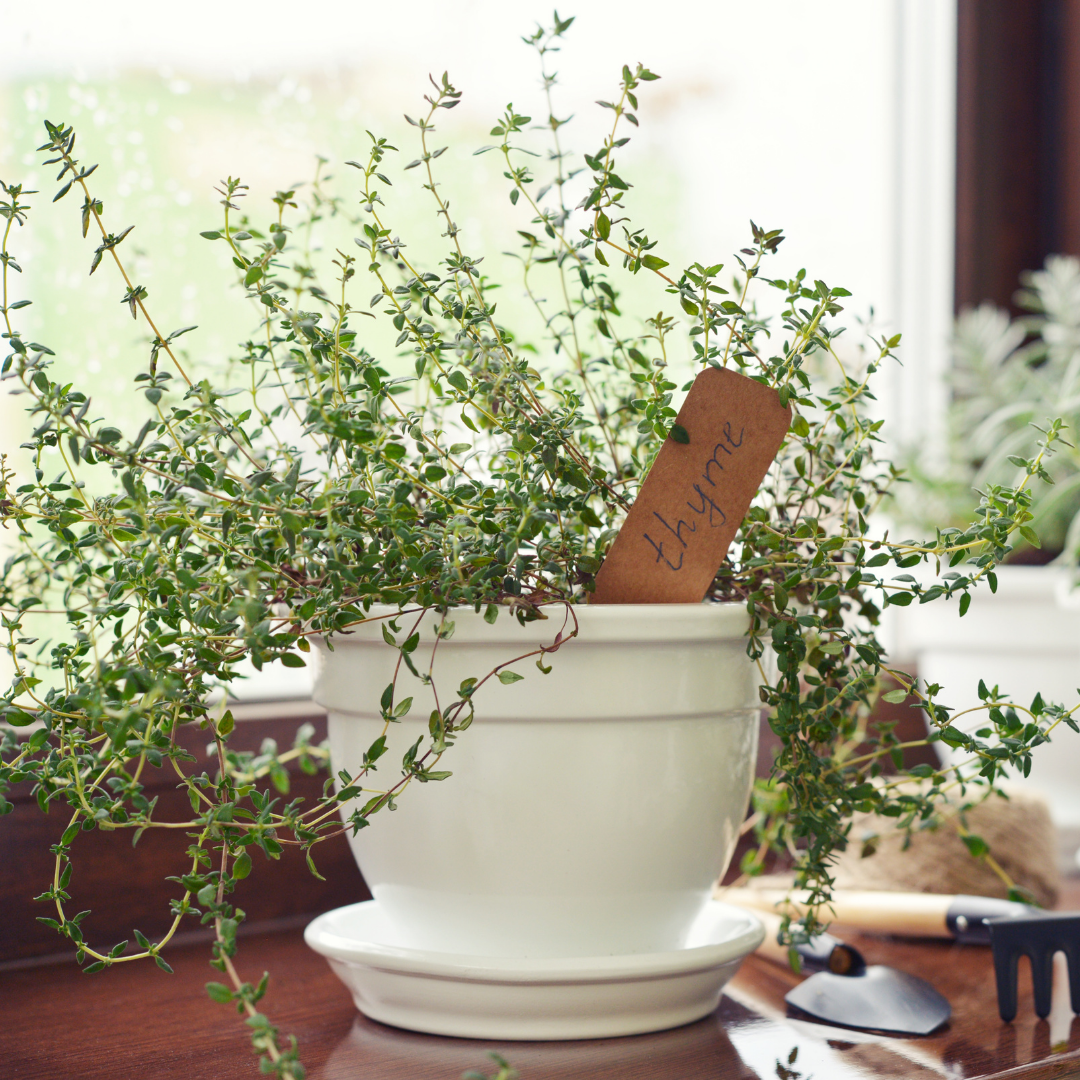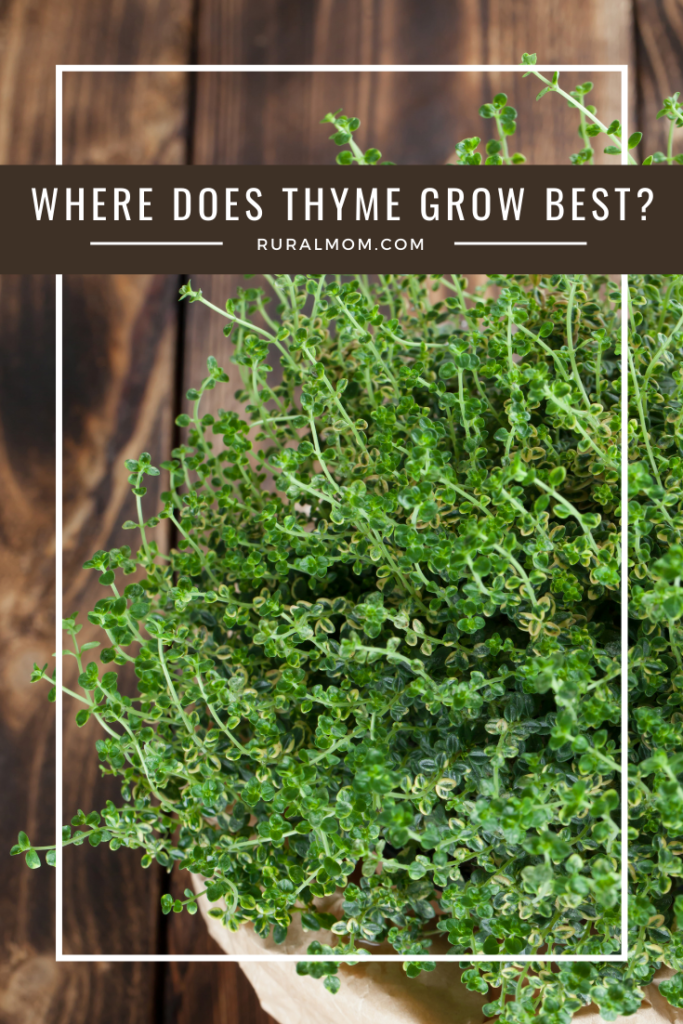One of the easiest to grow, and certainly the hardiest of herbs, thyme deserves to be in everyone’s herb garden! Where does thyme grow best? Honestly, just about anywhere!
Thyme is drought resistant, requires little care, and actually prefers poor soil. Preferably, the soil should drain well, thyme tolerates sandy soil very well. In fact, growing thyme in richer soils often results in a plant that is rather spindly and weak.
This herb also produces many low branches, making it a very good herb to use as a cover herb. Why spend a lot on bedding plants when you can grow herbs that do the same job, are every bit as attractive, and that are functional as well?
How to Grow Thyme
Though thyme is an unobtrusive herb, it can easily be grown by seed, root division, or prorogation. This means that starting with several thyme plants can put you in a position to produce many more, filling in fence rows or non-viable flower beds.
And since it has few insect pests, it does well almost everywhere. It even makes a very wonderful container plant for indoors, though it does like lots of light. Of course, it can also be purchased already started, in herb stores and large supermarkets.
This herb should be watered well at least once a week, allowing the water to soak down to the roots. The dirt can then dry out a little before the next watering. Being drought resistant doesn’t mean that the plant doesn’t enjoy a good dousing.
What To Do With Your Abundance of Thyme
Thyme is perennial and can be harvested throughout the year. It can be air dried out of direct sunlight, such as on screens, then stored in air tight jars or labeled zip lock bags.
For cooking, thyme is terrific in chowders, stews, soups, stuffings, and tomato dishes. It’s also a great compliment to just about every vegetable or meat.
Thyme does have medicinal properties as well. Six ounces of the crushed fresh herb added to syrup or honey, or an ounce of dried herb in 2 cups boiling water can be used for chronic coughs. The tea is very useful in cases of colic and gas, and will promote perspiration in colds and flu.
This is one herb that should not be ignored in the herb garden or flower bed. It takes little room, and is quite attractive, aromatic, and useful. Why not plant some thyme, if you have even just a little room?
PS: You’ll find more tips about using thyme for health and wellness along with my favorite thyme soup recipe in my new book – GETTING BAKED: Everything You Need To Know About Hemp, CBD, and Medicinal Gardening (available 4/13!)





